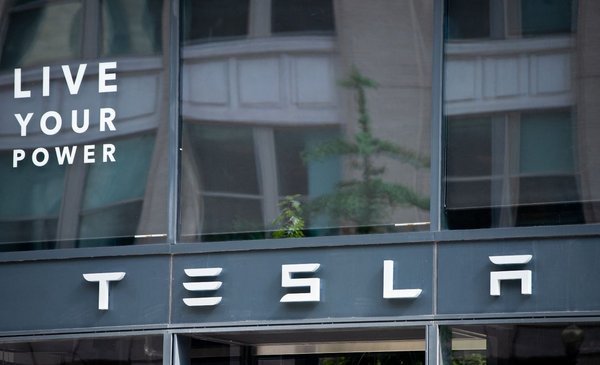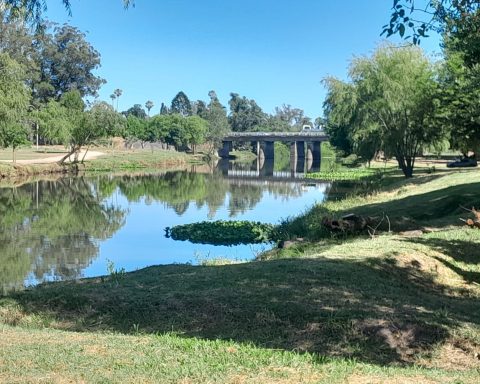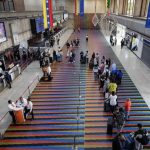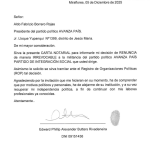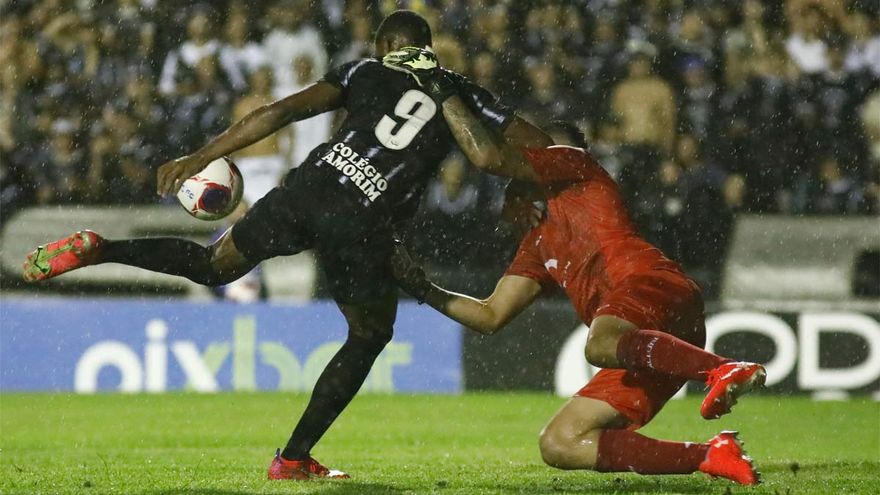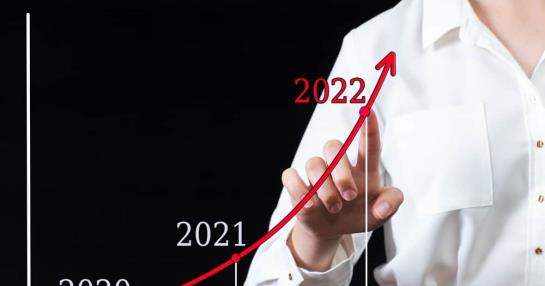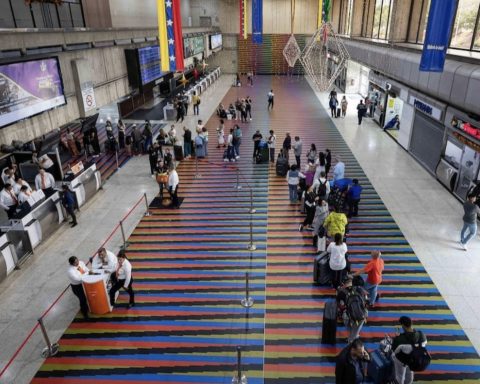For guiding the future of your autonomous cars, Tesla has a clear position and is now betting everything on the cameras, moving away from some specialists in systems of driving assistance that also uses radar sensors and lidar lasers.
At the great CES technology fair in Las Vegas, the leader manufacturer Luminar installed an experiment in a parking lot to demonstrate the superiority of its product: it made two cars walk in parallel at about 50 km / h so that at the end of the track it would rise the silhouette of a child.
The vehicle equipped with your product brakes in time not to run over it and the other, a Tesla, manages to push the test dummy.
The conditions of the experiment were not validated by an outside person, “but we didn’t just want to show some Powerpoint slides or a good video,” Aaron Jefferson, Luminar’s head of product development, told AFP.
“In perfect driving conditions, on a sunny day, the cameras can do a lot,” he acknowledged. “The problem is the atypical situations”, like blind spots, fog, a plastic bag, the particular light at dusk, and so on.
Most manufacturers of autonomous driving systems have chosen to combine cameras with radars and / or leaders, which allow distance measurement with radio waves or lasers.
Tesla, but nevertheless, It decided last year to eliminate radars and rely solely on cameras for its driver assistance system.
According to its CEO, Elon Musk, With advances in technology, an “artificial brain” powered by cameras can match the capabilities of a human brain that analyzes its environment with two eyes.
“It’s a pretty reasonable strategy,” admits Kilian Weinberger, a Cornell University professor who has worked on object detection in autonomous driving systems.
Officially, Tesla currently offers only driver assistance systems, but it hopes to provide a fully autonomous driving system.
Predicting is complicated
Tesla chose, several years ago, to install cameras and radars by default in all its cars and thus was able to gather a significant amount of information about how users drive in real conditions.
“What it did in essence is that by collecting a large amount of data, you can train an algorithm to be as good as the algorithm that uses all the expensive sensors that store much less data,” Weinberger explains.
The robot taxis of Waymo, the autonomous subsidiary of Google, are, for example, full of sensors but only work under specific conditions.
Systems autonomous driving have four main functions, says Sam Abuelsamid of Guidehouse Insights: perceive the environment, predict what will happen, plan what the car will do and execute it.
“Predicting turned out to be much more complicated than engineers thought, especially with pedestrians and cyclists,” he says.
The progress that engineers intended to make with camera-only software via artificial intelligence and machine learning has leveled off.
Regulatory requirements
The problem is that “Elon Musk dazzled with his autonomous driving system and made sure that the equipment already installed in the cars was sufficient,” says Abuelsamid.
“Tesla can no longer go back, because hundreds of thousands of people have paid money” to access it.
For the head of the French equipment manufacturer Valeo, which presents its third generation of ldar at CES, “the cameras alone, whatever the amount of data stored, are not enough.”
“Understanding, analyzing what happens around the car, what we see and what we do not see, day and night, is absolutely key,” insists Jacques Aschenbroich to AFP.
“Our absolute conviction is that leaders” are necessary to reach more advanced levels of autonomy, he concludes.
“All sensors have their advantages and disadvantages,” says Marko Bertogna, a professor at the Italian University Unimore and head of one of the teams present at Friday’s drone race in Las Vegas.
“In the current state of knowledge,” cameras alone still make too many mistakes, Bertogna believes.
For now, “the more systems you have operating in parallel, and the more you manage to merge different types of sensors, the more likely you are to be among the first to meet the safety requirements that regulators will demand of you,” predicts the specialist.
Source: AFP
